Welcome to your ultimate guide to planting an outdoor garden successfully. With a little planning and preparation, you can create a beautiful and bountiful green space right in your own backyard. The key to a successful outdoor garden is picking the right location, preparing the soil, and choosing the right plants for your climate and sunlight. From there, it’s all about efficient planting and ongoing maintenance. Follow these outdoor gardening tips for a thriving garden that will provide you with fresh produce and a beautiful outdoor space.
Key Takeaways:
- Choose a sunny location with well-drained soil and no strong winds or foot traffic
- Mix in plenty of organic matter for nutrient-rich soil
- Start small and choose easy-to-grow vegetables like lettuce, green beans, and tomatoes
- Consider permanent beds and mixing in flowers for pest control and pollination
- Water at the right time and maintain ongoing care for a thriving garden
Picking the Right Location for Your Outdoor Garden
The first step to planting a successful outdoor garden is picking the right location. It’s important to choose a spot that receives 6 to 8 hours of direct sunlight per day, which is crucial for both vegetable and flower growth. Additionally, the location should have well-drained soil to avoid root rot and strong winds that could damage the plants. You can improve the soil quality by adding organic matter such as compost, which will provide the plants with the nutrients they need to thrive.
When selecting the size of your garden, consider starting small and growing what you know you and your family will eat. A 10′ x 10′ garden is manageable for beginners planting in the ground, while a 4′ x 4′ or 4′ x 8′ raised bed is a good beginner size. Remember to consider the availability of certain vegetables in your grocery store, and choose ones that you and your family enjoy eating.
It’s also important to pick the right plants for your climate and the amount of sunlight available. Select plants that are adapted to the local climate and soil conditions to ensure they have the best chance of surviving and thriving. Start planting at the appropriate time for each type of vegetable, and consider using easy-to-grow flowers for pest control.
Lastly, make sure to water your garden at the right time. It’s best to water early in the morning or later in the evening to prevent the water from evaporating too quickly. By following these tips and carefully choosing the location of your garden, you can set yourself up for a successful outdoor gardening experience.
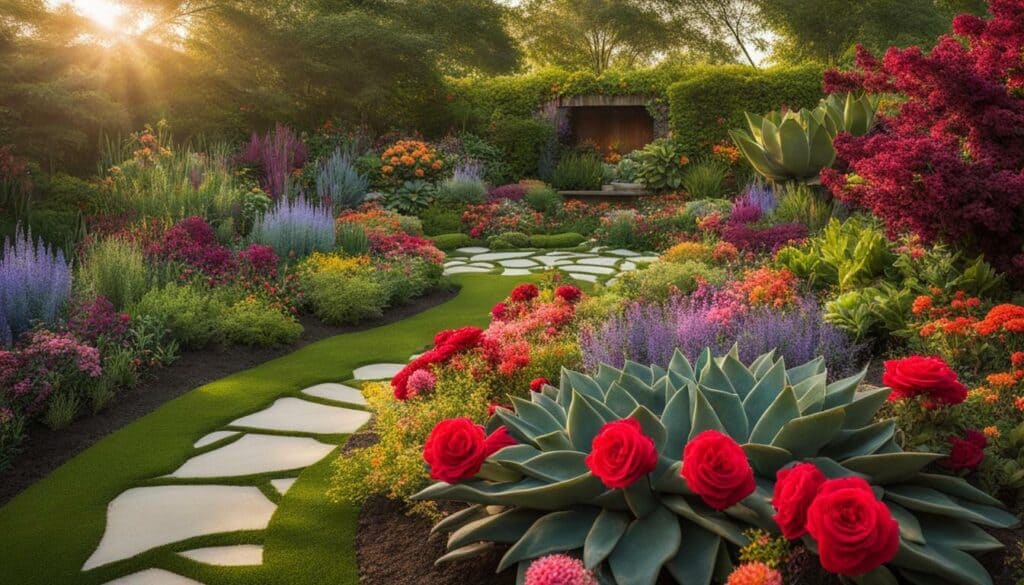
Preparing Your Soil for Outdoor Gardening
Before you start planting, it’s important to have nutrient-rich soil. If your soil is thin or lacking in nutrients, you can improve it by adding organic matter. Soil fertility is crucial for plant growth, and starting with healthy soil can lead to a more productive and successful growing season.
When selecting a location for your outdoor garden, consider the amount of sunlight the area receives each day. Plants need at least 6 to 8 hours of direct sunlight to thrive. Additionally, it is important to choose a location that is stable and doesn’t experience strong winds, as this can damage young plants and hinder pollination.
If your soil is poorly drained, you can still successfully grow a garden by using raised beds or raised rows. This prevents water from pooling and causing root rot, leading to healthier plant growth.
Adding organic matter to your soil is an excellent way to improve soil health. Composting is a great way to make your own fertilizer, but you can also purchase organic matter from garden centers. Some examples of organic matter include manure, compost, and straw.
Starting with a smaller garden size is advisable for beginners to effectively manage and grow vegetables that you and your family enjoy eating. Some of the easiest vegetables for beginners to grow include lettuce, green beans, radishes, tomatoes (from transplants), zucchini, peppers (from transplants), beets, carrots, chard, spinach, kale, and peas.
Planting should be done at the appropriate time of year. Cool-season vegetables should be planted in early spring or fall, while warm-season vegetables should be planted in late spring or summer. Before planting, it is recommended to clear the ground by removing weeds and sod.
Soil testing is important to determine nutrient deficiencies and amendments needed. Soil testing can be done through the county cooperative extension office. Adding organic matter to the soil helps improve soil fertility and drainage. Before planting, the soil should be prepared by loosening it and incorporating organic matter.
Lastly, the selection of plants should be based on climate, soil, and sunlight conditions. It is important to choose plants adapted to your specific environment to ensure their successful growth. Starting plants from seeds is also a viable option, and it can be done indoors or outdoors with climate protection.
By following these preparations, gardeners can set themselves up for a productive and rewarding growing season.
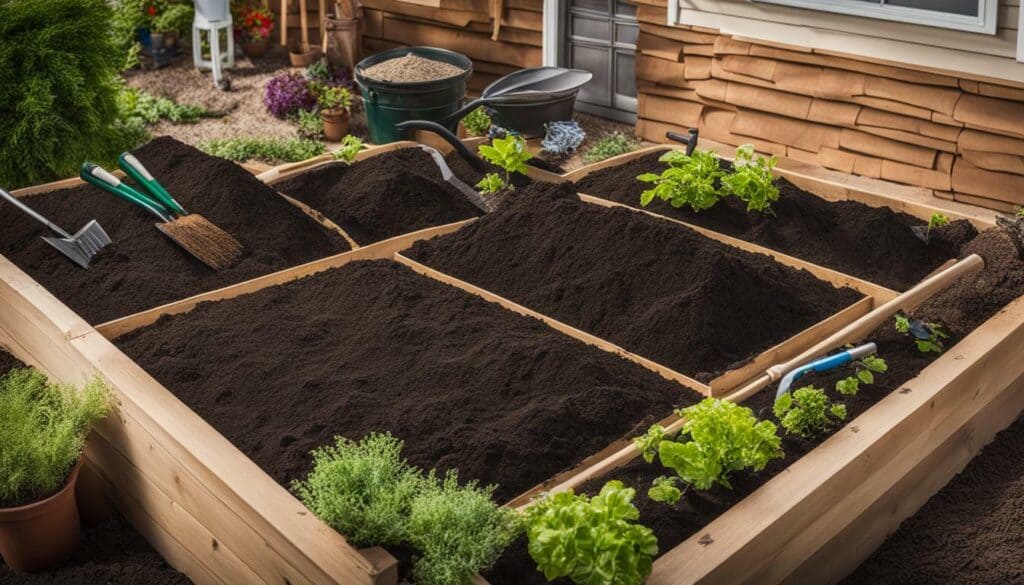
Selecting the Right Vegetables for Your Outdoor Garden
When it comes to selecting the right vegetables for your outdoor garden, it’s important to consider what your family enjoys eating and how much time and care you can realistically provide. To start, it’s important to pick a sunny spot for your garden, as most vegetables require 6 to 8 hours of direct sunlight per day. The location should also have well-draining soil to prevent root rot.
When choosing the size of your garden, it is advisable to start small and only grow what you know you and your family will eat. If you have a larger space, a 10′ x 10′ or 4′ x 4′ raised bed is recommended. It’s crucial to choose easy-to-grow vegetables such as lettuce, green beans, radishes, tomatoes, zucchini, peppers, beets, carrots, chard, spinach, kale, and peas.
Consider what you and your family like to eat, be realistic about how many vegetables you will consume, and think about the availability of certain veggies at your local store. Taking care of your plants throughout the growing season is necessary, and using high-quality seeds will ensure successful germination.
Furthermore, it’s important to determine where and when to plant your vegetables. Some cool-season vegetables like lettuce and peas can be planted in early spring or fall, while warm-season vegetables like tomatoes and peppers should be planted when the soil warms up in late spring or summer. By following these guidelines and considering the needs of your garden, you can select the right vegetables for your outdoor garden and enjoy a bountiful harvest.
Proper planning and maintenance are important for preventing pests and diseases in your vegetable garden. Always clean your gardening tools and rotate your crops to prevent soil-borne diseases. You can also apply natural pest control methods such as companion planting, crop rotation, and the use of insecticidal soaps and oils.
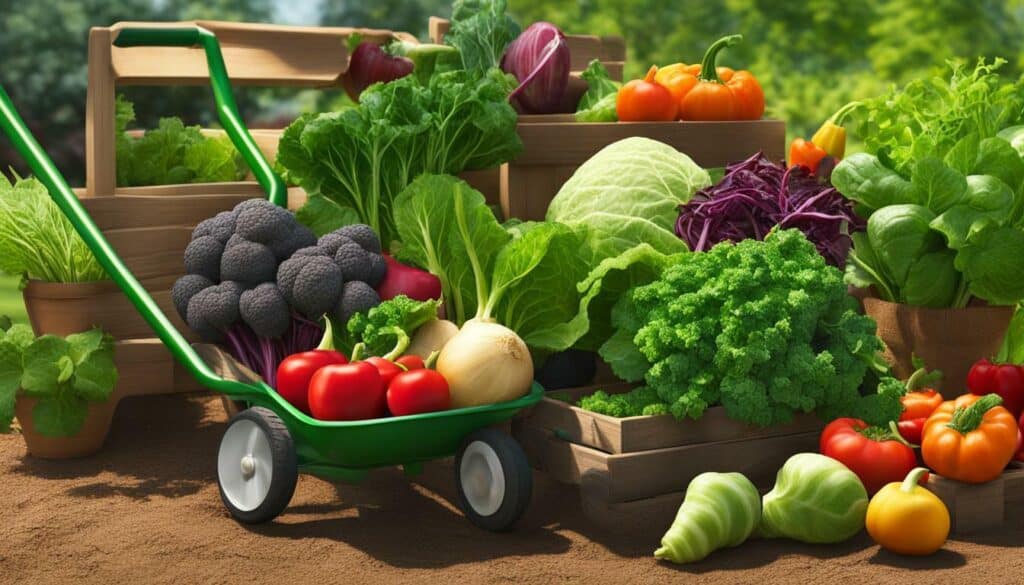
Keep in mind that gardening is a learning process, and don’t be afraid to experiment with new veggies or varieties. With time and patience, you can create a flourishing outdoor garden and enjoy the fruits of your labor.
Pick the Right Tools and Equipment for Efficient Outdoor Gardening
To make gardening more efficient and manageable, consider creating permanent beds for your outdoor garden. These provide a dedicated space for each plant, allowing you to focus on each bed individually. To create efficient planting beds, you will need the right tools and equipment. Start with a wheelbarrow, shovel, and rake to move soil and debris around your garden.
Other useful tools include a hoe to dig furrows, a garden fork to break up soil, and a spade to move large sections of soil. You can also use hand tools like a trowel for planting and a pruner for trimming plants. When it comes to equipment, a watering can and hose are essential for watering your plants at the right time.
Choosing the right tools and equipment can make the difference between a successful garden and a failed one. Investing in quality tools and equipment will save you time and money in the long run by ensuring that your plants thrive. Don’t skimp on the essentials, and be sure to keep them in good working order by cleaning and maintaining them regularly.
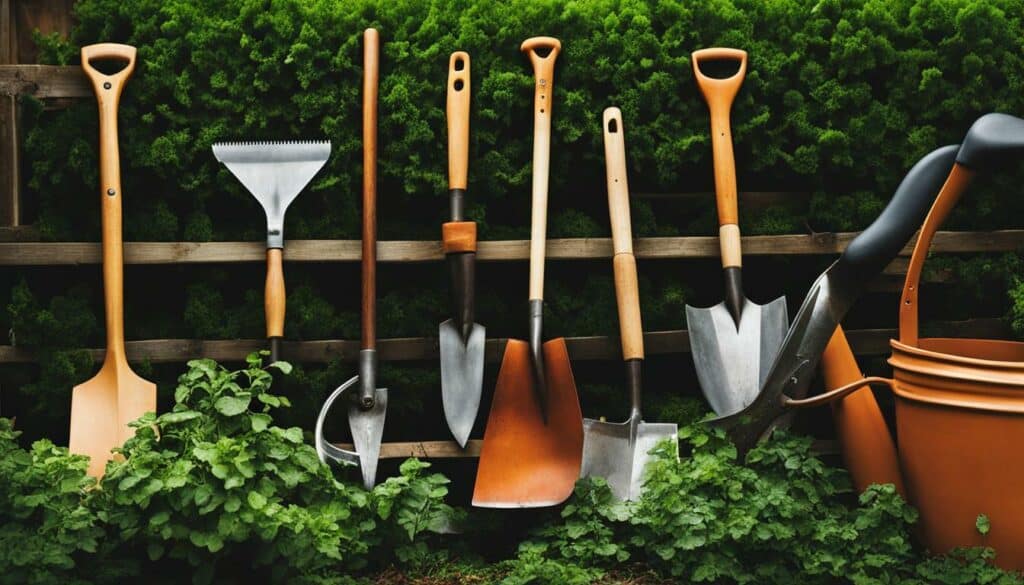
When creating efficient planting beds, it’s also important to consider pest and disease control. Keep a close eye on your plants for any signs of infestation or illness, and take action quickly to prevent further damage. Use organic pest control methods like handpicking, companion planting, and natural sprays to avoid harmful chemicals.
By choosing the right tools and equipment for your outdoor garden and taking care of your plants with good soil preparation and pest control, you can enjoy a thriving garden that provides fresh fruits and vegetables for you and your family. Happy gardening!
Testing and Preparing Your Soil for Planting
Testing and improving your soil is vital for the success of your outdoor garden. Before planting, make sure to clear the ground of any weeds and sod. Additionally, consider having a soil test done to determine the nutrient needs of your soil. Soil tests are available through your local county extension office or a private soil testing laboratory. These tests can provide detailed information on your soil’s pH levels, nutrient levels, and overall health.
Once you have determined the needs of your soil, you can take steps to improve it. Nutrient-rich soil is essential for healthy plant growth, so adding organic matter is recommended. Organic matter can be added through the use of compost, manure, or other natural fertilizers. These materials help to improve the soil’s structure and fertility, allowing plants to grow stronger and healthier.
Before planting, prepare your planting beds by loosening the soil and adding organic matter. This will create a healthy environment for your plants to grow. And, when planting your seeds or seedlings, be sure to follow the recommended planting depth and spacing for each type of plant. This will help to ensure that your plants have the best chance of growing and thriving.
Benefits of testing and preparing your soil for planting:
| Benefit | Description |
|---|---|
| Improved plant growth | Proper soil preparation can improve soil fertility and structure, resulting in healthier plant growth. |
| Reduced plant disease | Healthy soil helps to prevent plant disease by providing the necessary nutrients for strong and healthy growth. |
| More efficient use of fertilizer | By knowing what nutrients your soil needs, you can avoid over-fertilizing your plants and wasting fertilizer. |
In summary, testing and improving your soil is a crucial step in the success of your outdoor garden. Take the time to determine the needs of your soil, and then take steps to improve it. With nutrient-rich soil and proper bed preparation, your plants will have the best chance of growing and thriving.
Choosing the Right Plants for Your Climate and Sunlight
Choosing the right plants for your outdoor garden is crucial to ensure success. Consider plants that are adapted to your specific climate, soil, and sunlight conditions. For best results, select a sunny spot for your garden as most vegetables require 6 to 8 hours of direct sunlight per day.
Leafy vegetables can tolerate partial shade, but it is important to choose a location that drains well to prevent root rot. Additionally, a stable and non-windy location is preferred to avoid damage to plants. Nutrient-rich soil is vital for healthy plant growth, so mixing in plenty of organic matter is advised.
When choosing the size of your garden, it is recommended to start small and grow what you know you and your family will eat. A garden measuring 10′ x 10′ or a raised bed measuring 4′ x 4′ or 4′ x 8′ is manageable for beginners. If you want to go bigger, a 12′ x 24′ garden can feed a family of four and includes various vegetables and herbs.
It is essential to choose vegetables that you and your family enjoy eating. Consider the availability of vegetables at your local grocery store and be prepared to take care of your plants throughout the growing season. Using high-quality seeds is recommended as they will yield higher harvests.
When and where to plant depends on the type of vegetables and flowers you choose. Some plants, like cool-season vegetables, are best planted in the early spring or fall, while warm-season vegetables are planted when the soil warms up in late spring and summer. It is advisable to plant tall vegetables on the north side of the garden to avoid shading smaller plants.
For beginner gardeners, starting with young plants that can be transplanted into the garden is easier. Digging holes according to plant tags and properly watering the plants after transplanting is important for their successful growth.
Overall, selecting the right plants for your climate and sunlight is crucial for a thriving garden. By considering the sun exposure, location, soil quality, and planting time, you can ensure that your plants will flourish and provide you with a bountiful harvest.

Planting Your Outdoor Garden at the Right Time
Timing is everything when it comes to planting your outdoor garden. To ensure a successful and productive garden, it’s important to plant your vegetables at the right time.
Begin by choosing the right location for your garden, taking into consideration the amount of sunlight and well-drained, nutrient-rich soil. It’s recommended to start small and only grow what you and your family will eat, as overplanting can be overwhelming. When selecting vegetables, consider those you enjoy eating and the availability of certain vegetables in your area.
The timing of planting varies, with “cool-season” vegetables such as broccoli, lettuce, and peas being planted in early spring and fall, while “warm-season” vegetables such as tomatoes, peppers, and cucumbers are planted in late spring and summer. It’s important to plant tall vegetables on the north side of the garden to prevent shading of shorter plants.
Clearing the ground, testing and improving the soil, and preparing the planting beds are also important steps in the planting process. Whether you choose to start plants from seeds or buy young plants depends on personal preference and time.
By following these steps and guidelines, you can ensure that your outdoor garden is planted at the right time for optimal growth and harvest. Happy planting!

Watering Your Outdoor Garden for Healthy Growth
Watering your outdoor garden at the right time and in the right way is crucial for healthy and thriving plants. Not giving your plants enough water can lead to withering and dying, while overwatering can create root rot and fungal diseases. Here are some outdoor gardening tips for watering your garden:
| When to Water | How Much to Water |
|---|---|
| Early Morning – Watering in the morning gives plants a chance to absorb moisture before the heat of the day. It also allows time for the leaves to dry before nightfall, reducing the risk of fungal diseases. | Root Depth – Watering should penetrate the top 6 inches of soil, where the roots are most active. Keep an eye on the soil moisture and adjust watering frequency as needed. |
| Afternoon Shade – If you need to water in the afternoon, make sure to do it in the shade to prevent evaporation and scorching of leaves. | Watering Time – Water should be applied slowly and deeply, allowing the soil to absorb the moisture. This can take 30 minutes or more, depending on your soil type and water pressure. |
| Dry Spell – During drought or dry spells, increase watering frequency and adjust to the needs of your plants. Mulching can help retain moisture in the soil, reducing the need for watering. | Plant Stage – Newly planted seeds and transplants require more frequent watering, while mature plants need less frequent watering but more water at once. |
By following these outdoor gardening tips for watering your garden, you can ensure that your plants receive the right amount of moisture for healthy growth. Don’t forget to also check for signs of overwatering or underwatering, such as yellowing leaves or wilted plants, and adjust your watering schedule accordingly. With proper watering, your outdoor garden can thrive and provide you with delicious and healthy homegrown vegetables.

Maintaining and Caring for Your Outdoor Garden
Once your outdoor garden is planted, it’s important to maintain and care for it to ensure its continued success and productivity. Regular maintenance is crucial for keeping pests and diseases under control and promoting healthy plant growth.
During the growing season, it’s important to water your plants regularly, typically two to three times a week, depending on the weather conditions. Avoid overwatering, as this can lead to root rot and other issues. Instead, water deeply and slowly to allow the roots to absorb moisture.
Weeding is another important task that should be done regularly to keep your garden healthy. Weeds can compete with your plants for nutrients and water, and they can also harbor pests and diseases. Hand-pull weeds or use a hoe to keep them under control.
Fertilizing is also essential for maintaining a healthy garden. Organic fertilizers, such as compost or manure, are a great option for providing nutrients to your plants without using synthetic chemicals. Apply fertilizer according to the specific needs of your plants, and be careful not to over-fertilize, as this can lead to nutrient burn.
To keep pests and diseases under control, it’s important to inspect your plants regularly for any signs of damage or infestation. Early detection is key to preventing the spread of pests and diseases, so take action as soon as you notice any issues. Consider using natural pest control methods, such as companion planting or introducing beneficial insects, to keep your garden healthy.
Finally, as your plants grow and mature, consider pruning and staking them as needed to promote healthy growth and prevent damage from wind or heavy rain. Regularly harvesting your vegetables and herbs can also promote continued growth and productivity.
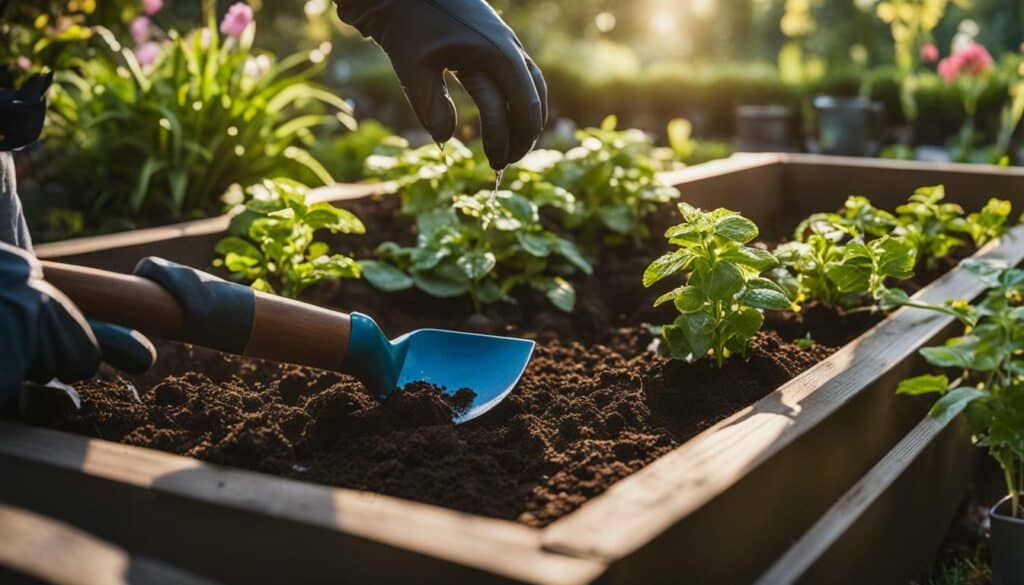
By regularly maintaining and caring for your outdoor garden, you can enjoy a bountiful harvest of fresh, healthy produce all season long. Remember to work with nature and be patient, as gardening is a process that takes time and attention to detail.
Conclusion
Congratulations! You now have the knowledge and tools to plant an outdoor garden successfully. Start transforming your backyard into a beautiful green space today.
Remember to choose the best location for your garden, with proper sunlight, soil quality, and protection from wind. Testing and improving your soil is important for nutrient-rich soil, which is necessary for healthy plant growth. Additionally, creating efficient planting beds and using appropriate tools and equipment can make gardening easier and more enjoyable.
When selecting the right plants for your garden, consider the local climate and sunlight levels. Planting at the right time is crucial, so be sure to plan accordingly. Starting plants from seed or buying young plants are both viable options.
Finally, proper watering techniques and timing are essential for the health and growth of your garden. Ongoing maintenance, including weeding, fertilizing, and pest and disease control, is also important.
By following these steps and working with nature, you can create a successful and sustainable garden. So, go ahead and get your hands dirty and enjoy the fruits of your labor! Remember to use this outdoor garden planting guide for reference and inspiration along the way.
FAQ
Q: What factors should I consider when choosing the location for my outdoor garden?
A: You should choose a sunny spot with well-draining soil and protection from strong winds.
Q: How can I improve the quality of my soil for outdoor gardening?
A: You can add organic matter and compost to enrich your soil with nutrients.
Q: What are some easy-to-grow vegetables for outdoor gardens?
A: Lettuce, green beans, radishes, tomatoes, and zucchini are all great options for beginners.
Q: How do I create efficient planting beds for my outdoor garden?
A: You can create permanent beds and use appropriate tools and equipment for efficient gardening.
Q: How do I know if my soil is ready for planting?
A: You can test your soil and improve it with compost before planting.
Q: How do I choose the right plants for my outdoor garden?
A: Consider your climate, soil, and sunlight levels when selecting plants that are adapted to your garden conditions.
Q: When is the best time to start planting my outdoor garden?
A: Start planting at the right time based on each plant’s specific requirements and the planting timeline.
Q: How should I water my outdoor garden for healthy growth?
A: Water your garden at the right time and provide adequate moisture for healthy plant growth.
Q: What maintenance tasks should I perform for my outdoor garden?
A: Regularly weed, fertilize, and control pests and diseases to maintain a healthy outdoor garden.
What Types of Gardens Can I Plant at Home Successfully?
When it comes to creating beautiful and thriving types of home gardens, the possibilities are endless. From traditional vegetable gardens to vibrant flower beds, you can cultivate a variety of green spaces in your own backyard. Additionally, container gardens and vertical gardens offer creative solutions for limited spaces. With some research and proper care, you can successfully grow your desired plants and enjoy the wonders of gardening right at home.
Source Links
- https://www.almanac.com/vegetable-gardening-for-beginners
- https://www.bhg.com/gardening/yard/garden-care/ten-steps-to-beginning-a-garden/
- https://www.chelseagreen.com/2022/the-ultimate-guide-to-garden-planning/
- https://extension.umn.edu/planting-and-growing-guides/planting-vegetable-garden
- https://www.gardensthatmatter.com/choose-garden-location/
- https://growfully.com/perfect-garden-location/
- https://www.almanac.com/where-put-vegetable-garden
- https://www.planetnatural.com/garden-soil/
- https://www.homedepot.com/c/ai/how-to-prepare-soil-for-a-garden/9ba683603be9fa5395fab90dd5b2e0e
- https://www.almanac.com/soil-preparation-how-do-you-prepare-garden-soil-planting
- https://www.canr.msu.edu/news/choosing_the_right_crops_for_your_garden
- https://www.growingwithnature.org/choose-right-vegetables/
- https://www.thepioneerwoman.com/home-lifestyle/gardening/g35888049/best-vegetables-to-grow/
- https://www.gardenary.com/blog/how-to-build-a-raised-garden-bed-for-just-100
- https://www.gardeners.com/how-to/raised-bed-basics/8565.html
- https://www.almanac.com/content/how-build-raised-garden-bed
- https://www.southernliving.com/garden/how-to-prepare-garden-soil-for-planting
- https://www.vanleeuwengreen.com/blog/plant-selection-top-6-things-consider-garden
- https://www.realhomes.com/advice/how-to-choose-plants-for-your-garden
- https://www.hgtv.com/outdoors/gardens/planting-and-maintenance/garden-exposure-choosing-the-right-site-for-your-plants
- https://www.familyhandyman.com/article/when-to-start-a-garden/
- https://www.hgtv.com/outdoors/gardens/planting-and-maintenance/when-is-it-time-to-plant
- https://www.homesandgardens.com/gardens/when-to-plant-vegetables
- https://www.bhg.com/gardening/yard/garden-care/watering-gardens/
- https://www.hgtv.com/outdoors/gardens/planting-and-maintenance/the-proper-way-to-water-your-garden
- https://www.almanac.com/when-water-your-vegetable-garden-watering-chart
- https://www.gardenersworld.com/how-to/grow-plants/gardening-for-beginners-how-to-care-for-your-garden/
- https://www.hgtv.com/outdoors/gardens/planting-and-maintenance/maintaining-a-vegetable-garden
- https://food52.com/blog/27431-how-to-maintain-a-vegetable-garden
- https://www.ncbi.nlm.nih.gov/pmc/articles/PMC6334070/
- https://www.sciencedirect.com/science/article/pii/S2211335516301401
- https://www.betterhealth.vic.gov.au/health/healthyliving/gardens-for-all-a-health-activity

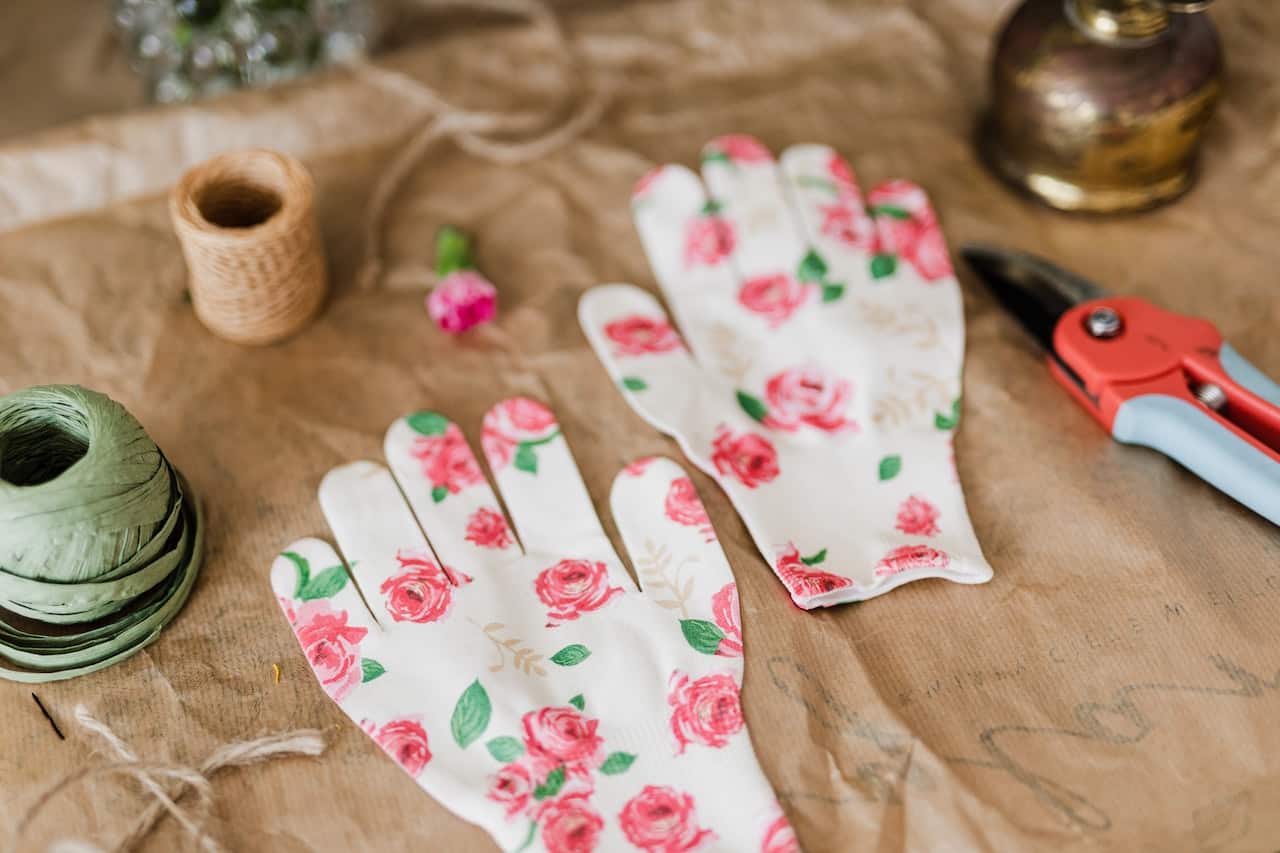



Leave a Reply